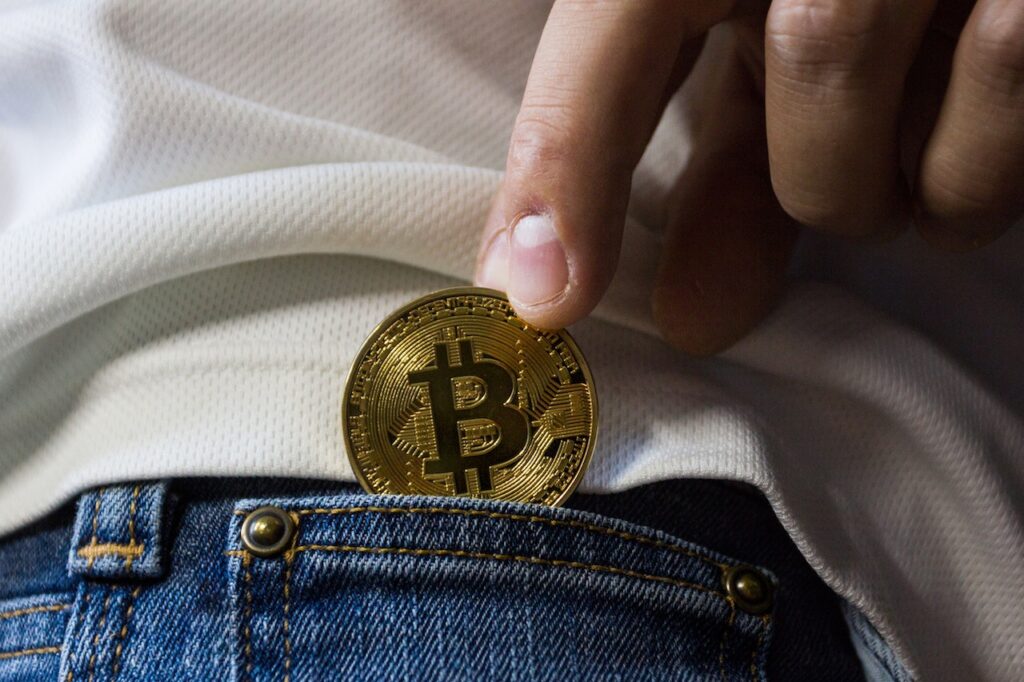Cryptocurrency is no longer just a niche investment. In 2023, over 300 million people worldwide own cryptocurrency, showcasing the rising interest in digital currencies. One popular method for utilizing these assets is through swapping, allowing users to trade one cryptocurrency for another quickly. This guide will teach you how to swap cryptocurrencies confidently and safely, covering everything from choosing an exchange to executing your swap.
Choosing the Right Cryptocurrency Exchange
Understanding Different Exchange Types
When swapping cryptocurrencies, you can choose between centralized exchanges (CEX) and decentralized exchanges (DEX).
- Centralized Exchanges (CEX): These platforms like Coinbase manage users’ funds and simplify the trading process. Pros include high liquidity and a user-friendly interface, while cons involve less privacy and potential hacks. CEX holds about 75% of the market share.
- Decentralized Exchanges (DEX): Platforms like Uniswap enable peer-to-peer transactions without intermediaries. While DEX offers more privacy and control, issues like lower trading volume and complex interfaces might deter beginners.
| Feature | Centralized Exchanges (e.g., Coinbase) | Decentralized Exchanges (e.g., Uniswap) |
|---|---|---|
| User-Friendly | Yes | No |
| Privacy | Limited | High |
| Liquidity | High | Varies |
| Fees | Moderate | Typically lower |
Factors to Consider When Selecting an Exchange
- Security Measures: Look for exchanges with two-factor authentication (2FA) and cold storage.
- Fees: Check trading and withdrawal fees.
- Supported Cryptocurrencies: Choose platforms offering a wide variety of coins.
- User Interface: Ensure it’s easy to navigate.
- Customer Support: Reliable support is crucial.
Beginner-Friendly Exchanges
Some recommended exchanges suitable for beginners include:
- Coinbase: Simple interface and a wide variety of cryptocurrencies.
- Binance: Offers many coins and low fees.
- Kraken: Known for strong security.
Setting Up Your Account
Registration Process
- Visit the official website of your chosen exchange.
- Click on “Sign Up” or “Create an Account.”
- Fill in your email and create a password.
- Confirm your email address.
(Include screenshots to visualize these steps.)
Verification and Security
Many exchanges require identity verification for compliance. This involves providing personal information and documentation. Strong passwords and 2FA add security layers to your account.
For more details on account security, refer to this resource.
Funding Your Account
You can fund your exchange account using various methods:
- Bank Transfer: Slow but generally low fees.
- Credit/Debit Cards: Instant deposits, but fees can be higher.
- Cryptocurrency Transfers: Fast if you already hold other cryptocurrencies.
| Deposit Method | Speed | Fees |
|---|---|---|
| Bank Transfer | 1-3 days | Low |
| Credit/Debit Cards | Instant | Moderate-High |
| Crypto Transfers | Instant | Usually None |
Initiating a Cryptocurrency Swap
Finding the Swap Pair
After funding your account, look for the desired cryptocurrency pair. Most exchanges have a “Markets” or “Trade” section where you can find pairs like BTC/ETH.
(Include a visual example here.)
Understanding Fees and Slippage
Trading fees are charged for swaps, and slippage occurs when the price changes between placing the order and execution. For example, if you want to swap 1 ETH for BTC at $3,000, but the market changes to $3,050 during your order, that’s slippage.
Executing the Swap
- Navigate to the trading section.
- Select the cryptocurrency pair you want to swap.
- Choose your order type:
- Market Order: Swap at the current market price.
- Limit Order: Set a specific price for your swap.
- Confirm your details and hit “Swap.”
(Screenshots can enhance understanding here.)
Understanding Risks and Security Best Practices
Market Volatility
Cryptocurrency prices can fluctuate widely. For instance, Bitcoin’s price can swing 10% in a day. This volatility can lead to significant gains or losses.
Security Threats and Prevention
Be cautious of phishing scams and hacks. Use hardware wallets for added security. Always verify URLs and never share personal details.
Regulatory Compliance
Being aware of local regulations is crucial. Different countries have varying rules about trading cryptocurrencies. Make sure to comply with relevant laws.
Tracking Your Swapped Cryptocurrencies
Accessing Transaction History
Most exchanges provide an option to view your past transactions in your account settings. This feature helps you keep track of your swaps.
Using External Wallets
Transferring swapped cryptocurrencies to a personal wallet enhances security. To transfer assets, you typically need to:
- Select “Withdraw” on your exchange.
- Enter your wallet address.
- Confirm the transfer.
Tax Implications
Keep a detailed record of all transactions for tax purposes. Different jurisdictions have varying tax regulations regarding cryptocurrency.
Conclusion
Swapping cryptocurrencies can be an exciting way to diversify your investments. By selecting the right exchange, securely setting up your account, and understanding the risks, you can trade with confidence. Always prioritize security and compliance for a successful experience.
For further learning about cryptocurrency trading, check out additional resources.








Facebook Comments